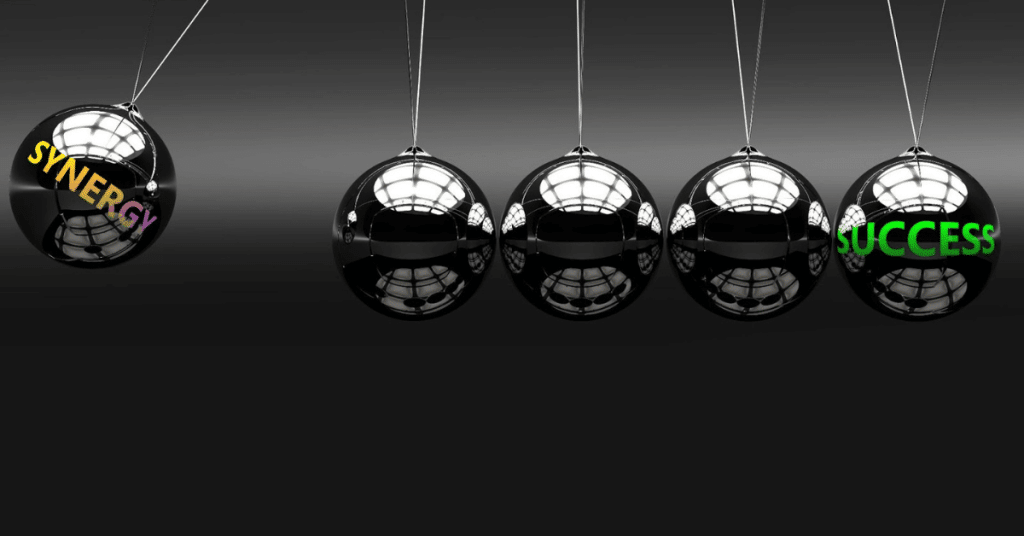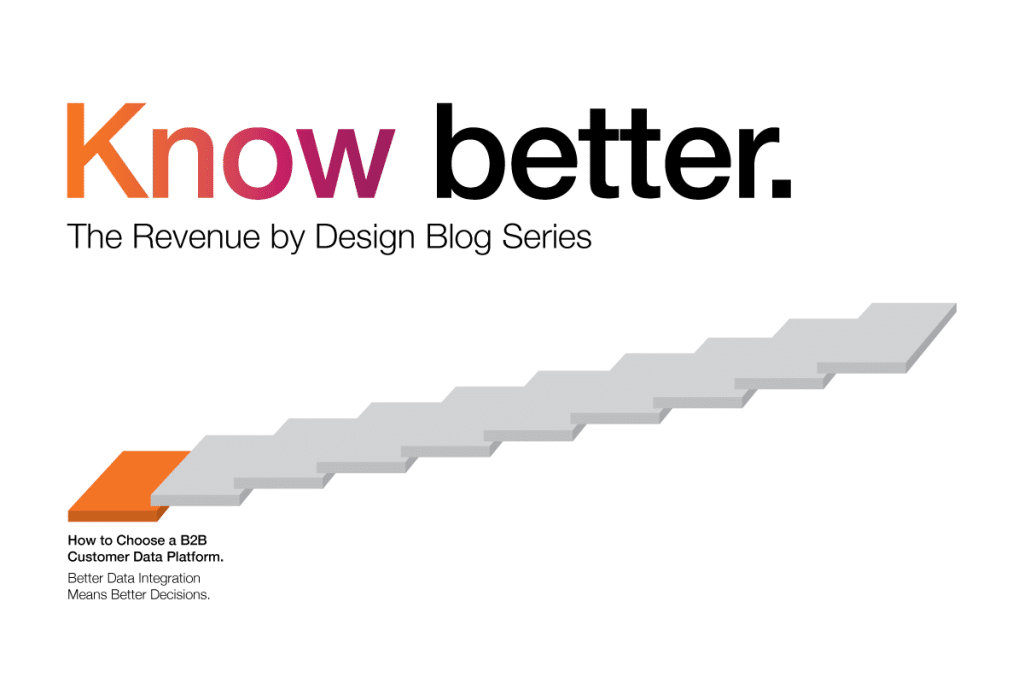People and companies change every day. Companies make acquisitions, people change jobs, and intentions are dynamic. This means your data changes every day – but is your database up to date? Is the data you use to drive your business as accurate as the day you procured it? Data Decay is an issue that every company must face at some point. Email marketing databases, for example, naturally degrade by approximately 23% every year according to Hubspot.
Data decay has especially accelerated during and after the pandemic. This is agreed on by 79% of Customer Relationship Management (CRM) users according to The State of CRM Data Health in 2022 published by Validity. As the business environment restructures itself in the post-pandemic era, a new symptom is quickly spreading among companies: millions of workers are still quitting their jobs in 2022. The “Great Resignation” is affecting even the most solid data-driven strategies for B2B marketers.
High-quality data is the fuel that makes the sales funnel engines spin. According to the Global Data Management Report, which considered responses from 700 data-centric business leaders around the globe, 84% of B2B companies saw increasing demand for data-driven insights within their organizations during the COVID-19 pandemic. The effects derived from the “Great Reshuffle” or “Big Quit” have accelerated this decay to levels not fully understood.
While the degree of decay is not yet fully understood, our response to it can greatly mitigate the effects the decay will have on our organizations’ successful use of data to drive decisions. Here are 6 ways you can address data decay to ensure your data is accurate, up-to-date and, most of all, insightful:
1. Establish alignment between sales and marketing from a single source of truth
Ensure your sales and marketing teams agree on what “good” looks like for your data ecosystem and develop a rubric to foster such alignment. Without clear expectations across teams, the rate of data decay amplifies as already degraded data is being input through disparate processes without governance or attention to detail. Until this is done, SDRs, AEs, and Marketing Ops will all be focused only on the data points relevant to them without thinking about how it impacts other parts of the organization. Your Marketing and Sales teams should also align on which third-party data provider(s) to use as their external trusted source. This positively affects organizational change management through establishing a consistent set of semantics, a single data landscape/shared data values, and shared series of rubrics and lexicon to define data success and quality.
Map out your sales and marketing processes, motions and channels > Determine which data is necessary to enable those processes effectively > Develop a rubric to measure data quality in key domains and define what “good” looks like.
2. Maintain your CRM ecosystem
Customer Relationship Management (CRM) tools are the best source of relevant information for building up and maintaining your dataset for your sales teams. They harbor all the interactions made with every lead, prospect, and client you ever contacted. A well maintained CRM ecosystem enables your sales and marketing teams to efficiently monitor and analyze the sales pipeline and easily organize automated email send-outs. Best practices include:
- Determine how often you need to audit your data – quarterly is often a best practice.
- Remove unsubscribed or bounced records. Remove or merge any duplicate records you find.
- Once or twice a year, look at unengaged prospects and remove or create re-engagement campaigns. Regular maintenance will give you better sales and marketing outcomes.
- Integrate your CRM system with other data solutions, making sure both sales and marketing use one system to collect data and align all the data sources into one space to collect as much input as possible.
- Conduct CRM data checks. Validate data as it’s captured in your CRM and use firewalls to ensure its accuracy.
- Segment the critical data into categories. If you have multiple ideal customer profiles (ICPs), work for several markets, or sell a variety of products, segregating the data by categories can help you optimize the selling cycle and maintain data quality more efficiently.
3. Use email verification tools to validate emails
While email is the top prospecting channel with 87% of B2B marketers using it for outreach, email marketing databases naturally degrade year by year which leads to deflated metrics, increased bounce rates and ultimately lower conversion rates. High bounce rates are a key indicator of your database health where it highlights people who have moved on from the organization, not obtained opt-in, or unsubscribed from your marketing efforts. Again, regular maintenance will also help keep your email campaigns performing at industry benchmarks or above.
One of the most effective ways to overcome this challenge and clean up your list of invalid and inactive email addresses is to use email verification tools. You can leverage the Leadspace Verification Status and other LS indications to support you in identifying emails that are no longer valid.
4. Have an opt-in strategy
Opt-ins have become increasingly important in the digitally-led sales and marketing space as brands are providing users the agency to decide whether or not they want to be contacted. Essentially, it is used to ensure that your subscribers have completed registration by providing an accurate, correct email address that is less likely to bounce. Once the user provides their information, there is also a record from a privacy/ethical standpoint that the subscriber requested to be contacted by marketing and sales teams. With new tactics you can improve your lead-generation by improving opt-in rates. Opt-in is also a very effective way to disqualify traffic that may not be of value and reduce the number of unqualified visitors to your properties based on disinterest in your messaging and communications.
5. Develop a data hygiene strategy
Adding regular data hygiene checks as a part of a routine is the most obvious way to keep your database fresh and updated. This process generally includes going through a quarterly refresh of your CRM and Marketing Automation Platforms to periodically perform checks and balances. Generally this includes checking existing data for updates, deleting contact duplicates, verifying new contacts, and filling in the missing information. With the right Customer Data Platform, this process can be done automatically with ongoing enrichment and refreshment, then subsequently filtering in both CRM and Marketing Automation. Collaboration within the teams contributes to fighting data decay significantly and helps build up a data-driven culture within the company. For more information, check out Database Refresh Best Practices.
6. Leverage the Leadspace CDP to enrich, unify and deduplicate your data
In conjunction with the recommendations above, you can utilize Leadspace to support the maintenance of your data quality. Leadspace can unify multiple siloed CRM and Marketing Automation instances into a single dataset, removing the guesswork that may be necessary to do this manually – effectively consolidating and tackling multiple complex processes with a simple point-and-click function. Unification allows you to verify, dedupe, enrich and cleanse CRM & Marketing Automation data with firmographics, and demographic data, and even leverage AI intent and propensity models for true data-driven insights. Additionally, you can upload those records directly into your CRM or Marketing Automation tool to ensure consistency in data across your entire MarTech landscape.
Accurate, complete data is critical to making successful data-driven decisions. Yes, your data will decay over time, but how you deal with its decay will determine its value to your company’s overall success in our increasingly data-centric economy. For a more in-depth look at best practices for combating the inevitable decay of your data – and to learn how to automate these complex processes with Leadspace’s industry-leading Customer Data Platform (CDP) solution – check out the Leadspace article, How to Fight Data Decay. And if you’d like to learn more about the Leadspace CDP, take a look at the Leadspace product sheet to see how Leadspace’s CDP solution can modernize and optimize your B2B marketing approach.



